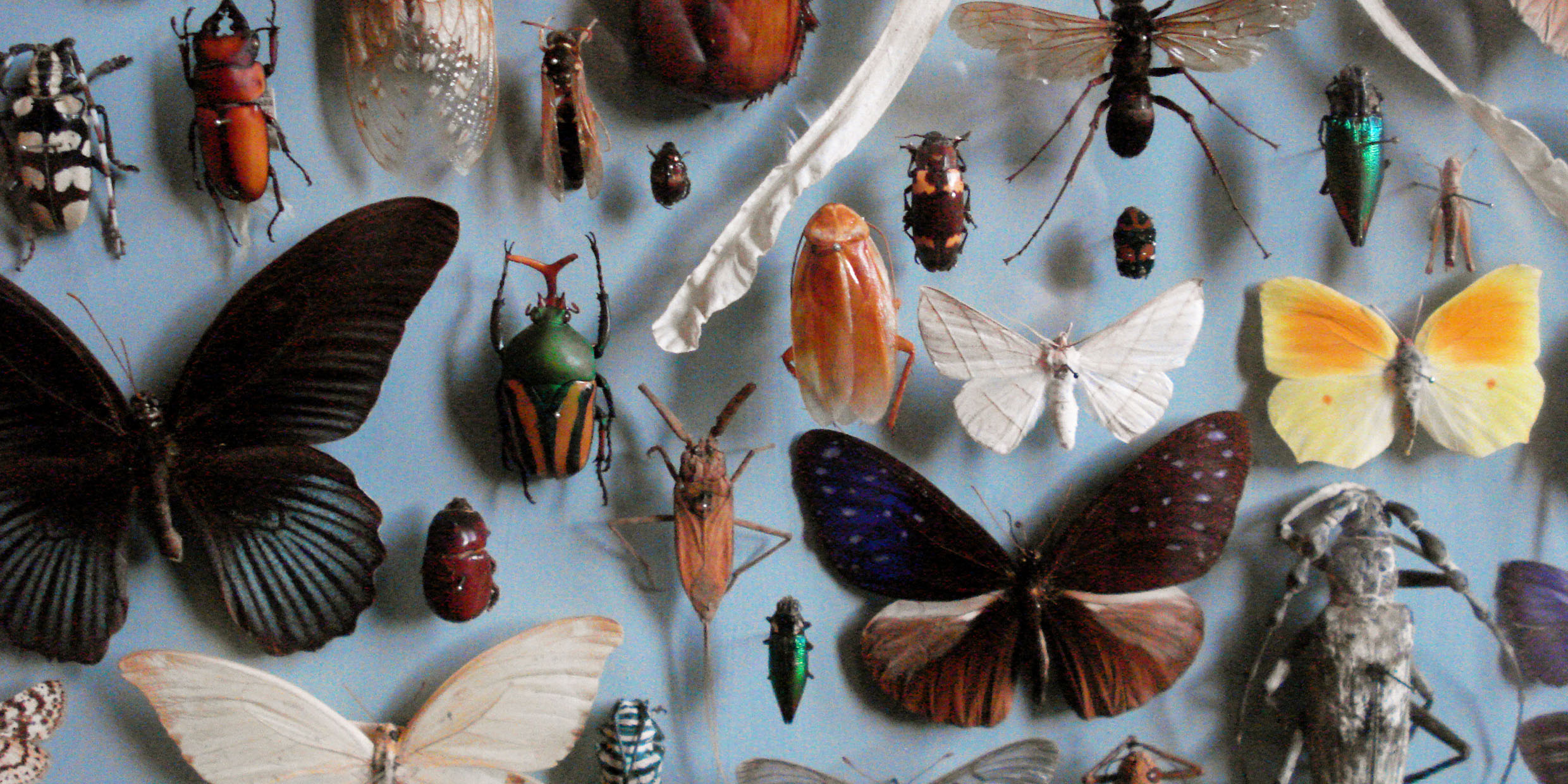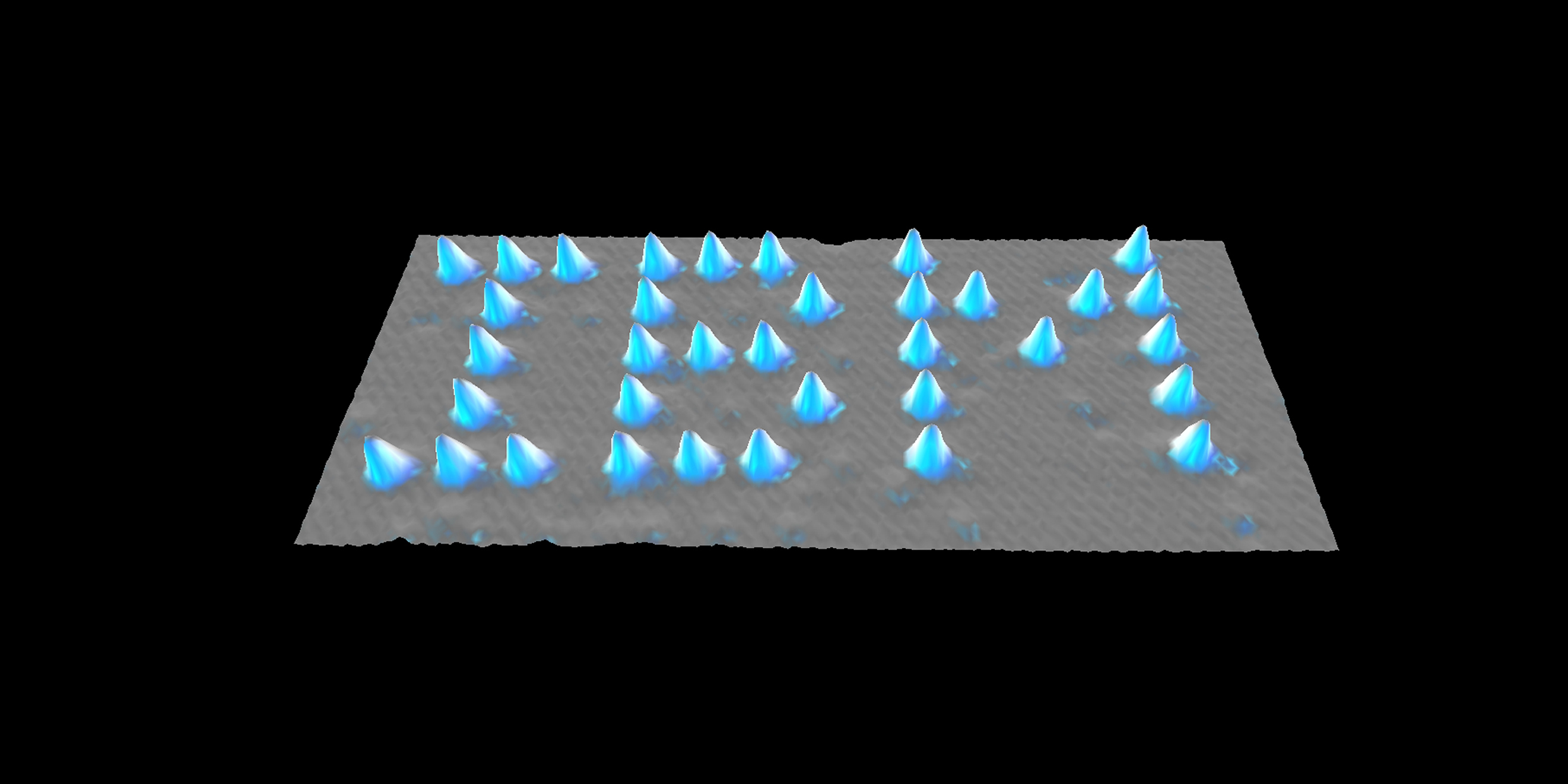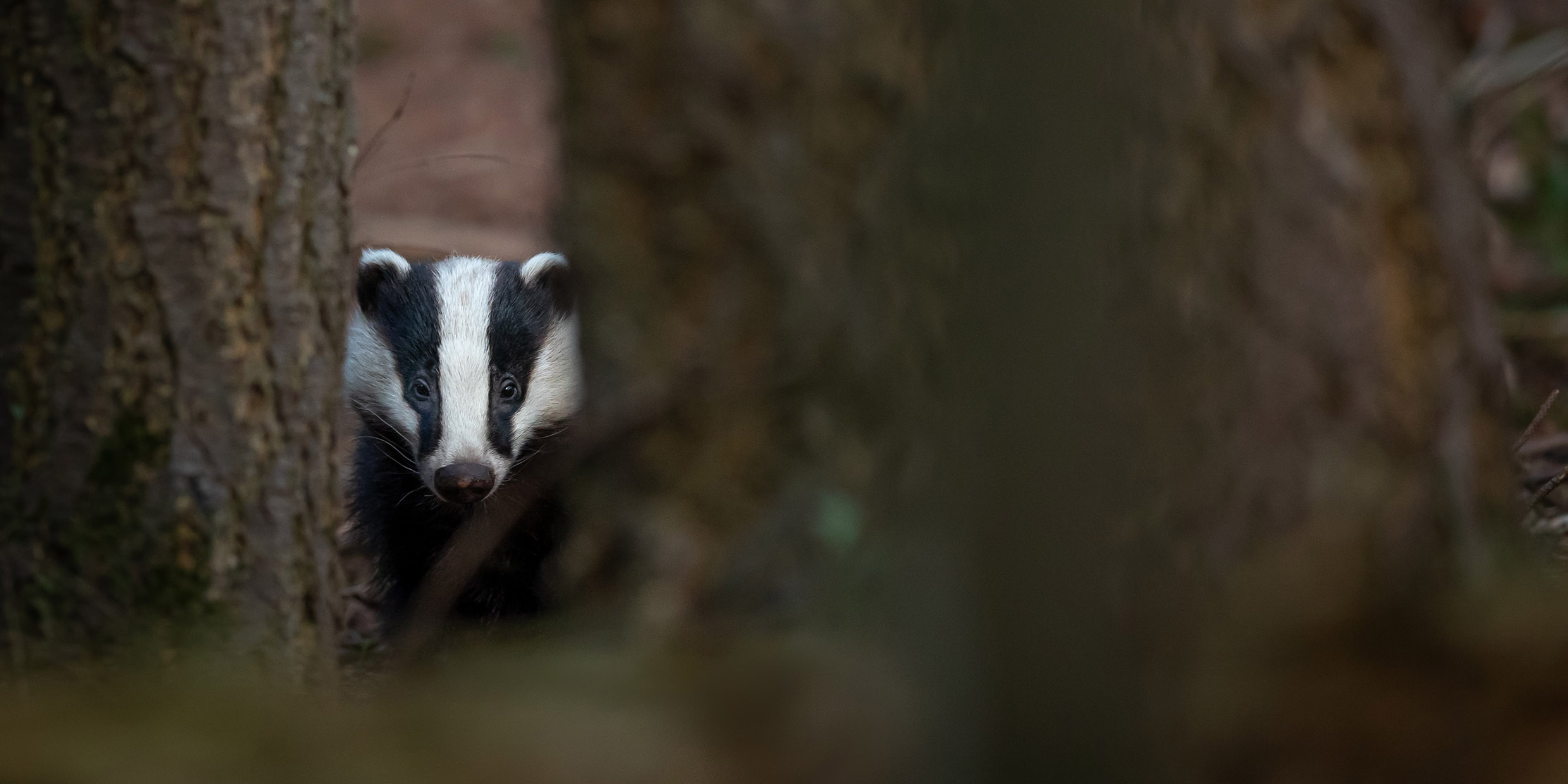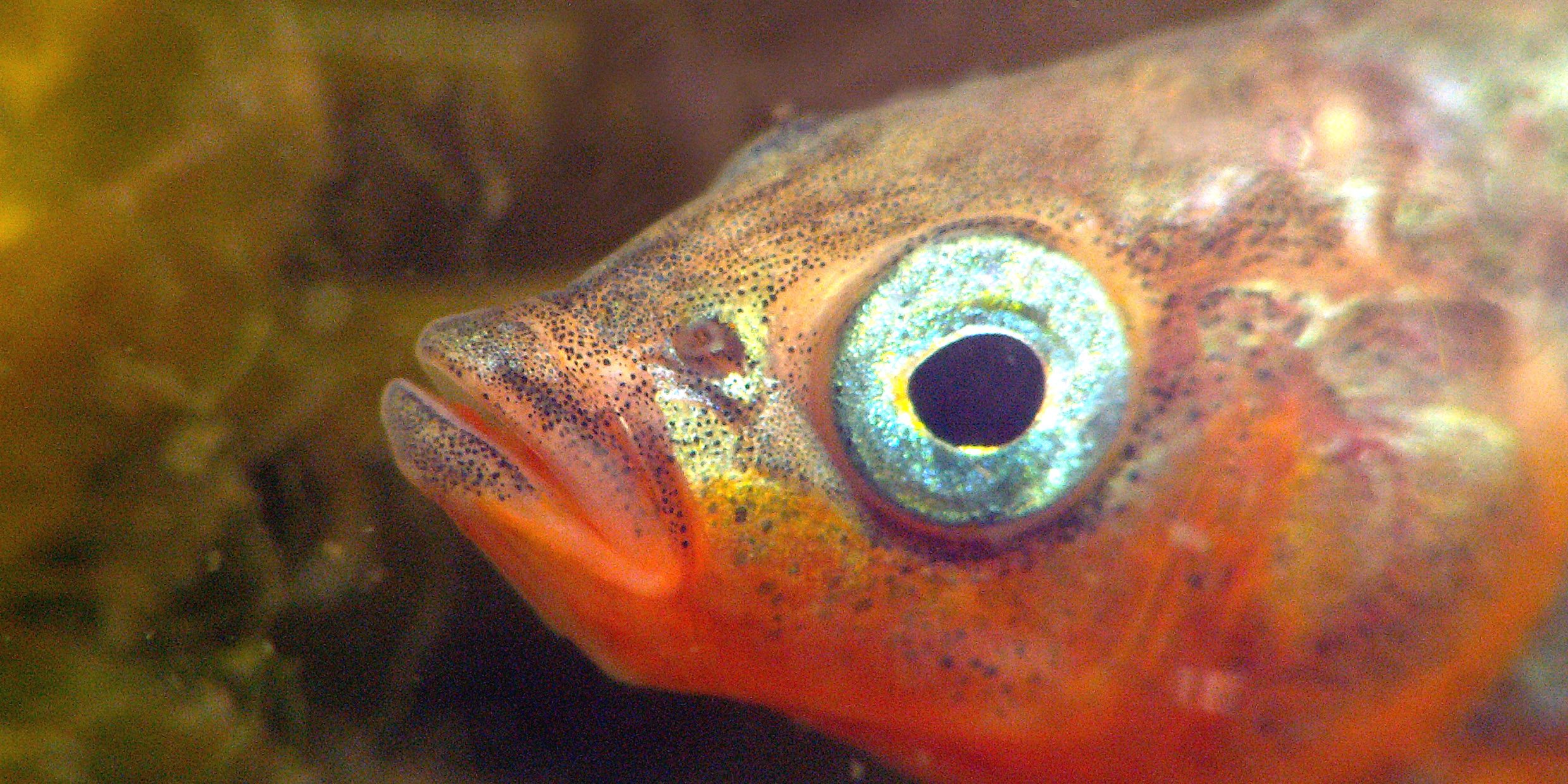Much has been written lately about the rampant destruction of tropical rain forests. Another well-known natural habitat is disappearing at an equally alarming rate: the hedgerows of Europe. Although not as significant as rain forests on the global scale, hedgerows are nearer and dearer to the hearts of many Americans because of our cultural heritage.
Articles with 1990
Going against the grain
Independence Day. The sand-castle season begins.
Lighting up the world
Long before humans actually set foot on the moon they visited that place in their imaginations. One of the earliest lunar travelers was Francis Godwin, who in 1638 published a book called The Man in the Moone about a Spaniard named Domingo Gonsales who travels to the moon and back by attaching himself to a flock of wild swans.
Summer bugs, summer pleasures
Summer memories. Of firefly evenings long ago in Tennessee. Lingering twilight, dark pines, crickets singing, stars just coming into the sky. Running on the long, sloping lawn catching up “lightnin’ bugs” in our hands. We squeezed them gently between our fingers to set their tiny fires alight, or dumped them by the dozens into a jar to make a lantern.
Get rich quick with an NTU
Any scientist who finds himself even marginally in the public eye becomes the recipient of assorted new theories of the universe from earnest natural philosophers who work outside of the mainstream of science.
Looking at the small print
We don’t know who first imagined that the world was made of atoms.
Mr. Toad doesn’t live there anymore
Water Rat and Mole were sitting on the River Bank listening to the sound of the wind in the willows. “Whatever became of old Mr. Badger?” asked the Rat.
ASAP, what’s your acronym IQ?
“Science,” the journal of the American Association for the Advancement of Science (AAAS), chose PCR technology as the “major scientific development” (MSD) of 1989. Quick! For what is PCR an acronym?
Leave the poor stickleback alone
It’s not easy being a stickleback.
Believing in DNA
A [February 1990] issue of Science contained a photograph, made with an electron microscope, of a portion of DNA extracted from a single-celled organism called trypanosome.









